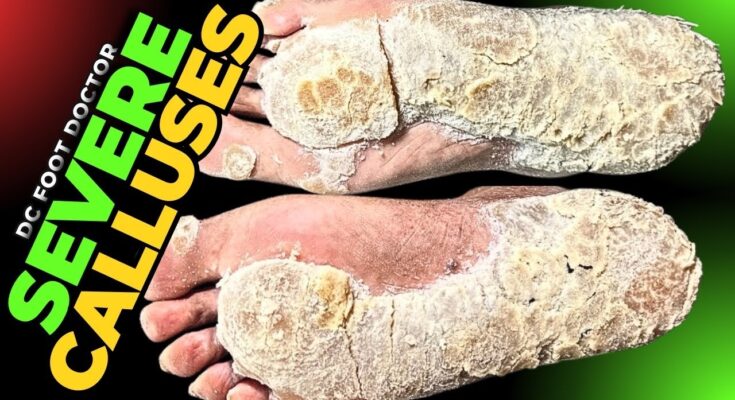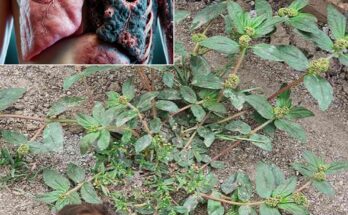Severely thick and callused skin, also known as hyperkeratosis, can result from several conditions, repeated friction, pressure, or underlying health issues. Managing this effectively depends on identifying the cause and adopting an appropriate treatment plan. Here’s an overview:
Common Causes
- Repeated Friction or Pressure
- Activities like walking, running, or wearing tight shoes can lead to calluses, particularly on the feet or hands.
- Medical Conditions
- Psoriasis: Causes scaly, thickened skin patches.
- Eczema: Chronic irritation can lead to thickening.
- Diabetes: Poor circulation may cause callus buildup.
- Ichthyosis: Genetic conditions causing dry, scaly skin.
- Occupational or Lifestyle Factors
- Jobs or hobbies involving manual labor or frequent use of tools.
- Genetic Disorders
- Palmoplantar Keratoderma: Excessive thickening of the palms and soles due to a genetic predisposition.
Treatment and Management
1. Self-Care Practices
- Soaking and Moisturizing
Soak the affected area in warm water for 10-15 minutes, then apply a thick moisturizer or emollient. Look for products with urea, lactic acid, or salicylic acid to soften skin. - Exfoliation
Use a pumice stone or gentle foot file to remove dead skin after soaking. Avoid aggressive scrubbing to prevent injury. - Protective Measures
Wear cushioned shoes, gloves, or padding to reduce friction and pressure.
2. Over-the-Counter Products
- Keratolytic Creams
These contain ingredients like salicylic acid, ammonium lactate, or alpha-hydroxy acids to soften and thin thickened skin. - Moisturizing Balms
Look for those with lanolin, petrolatum, or dimethicone for lasting hydration.
3. Professional Treatments
- Podiatrist Care
If the calluses are severe, a podiatrist can trim or debride thickened skin safely. - Prescription Medications
Topical retinoids may be prescribed for stubborn areas. - Treatment of Underlying Conditions
Address conditions like diabetes or psoriasis with appropriate medical care.
4. When to See a Doctor
- Painful, inflamed, or infected skin.
- Calluses that persist despite home care.
- Signs of an underlying condition like discoloration, open sores, or cracking.

